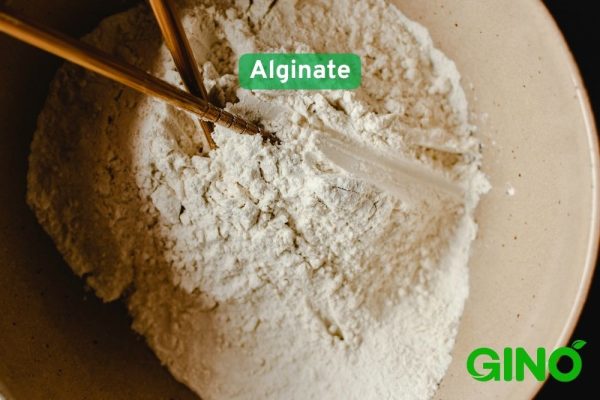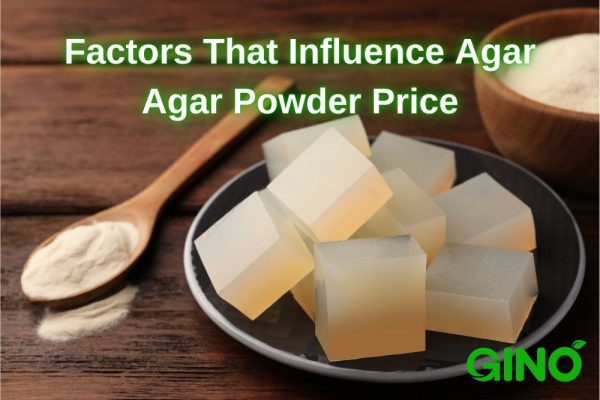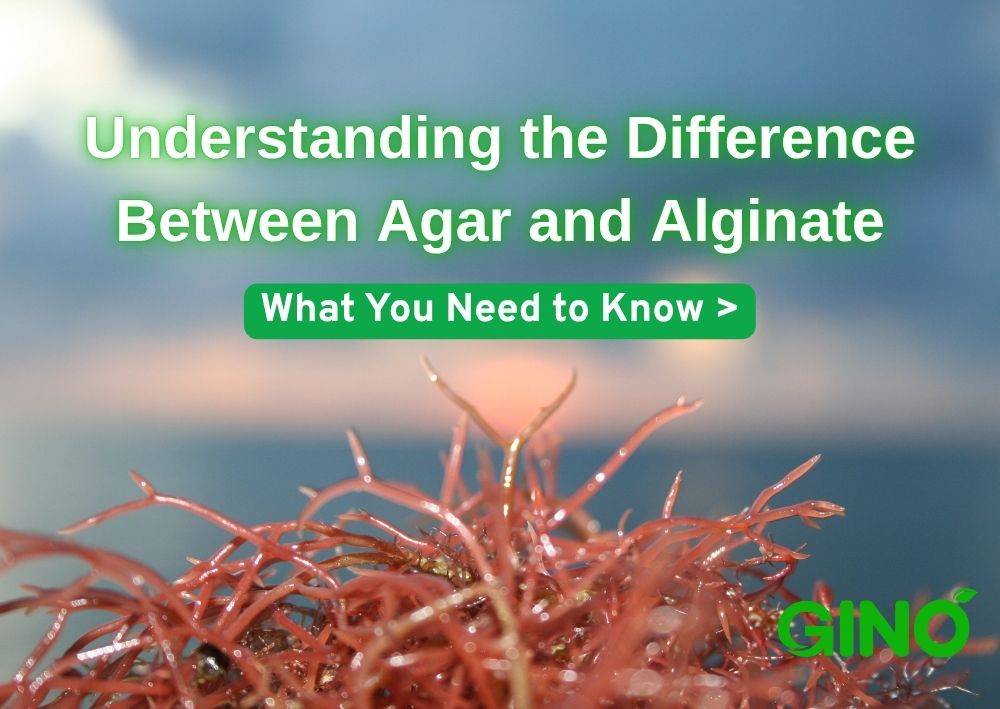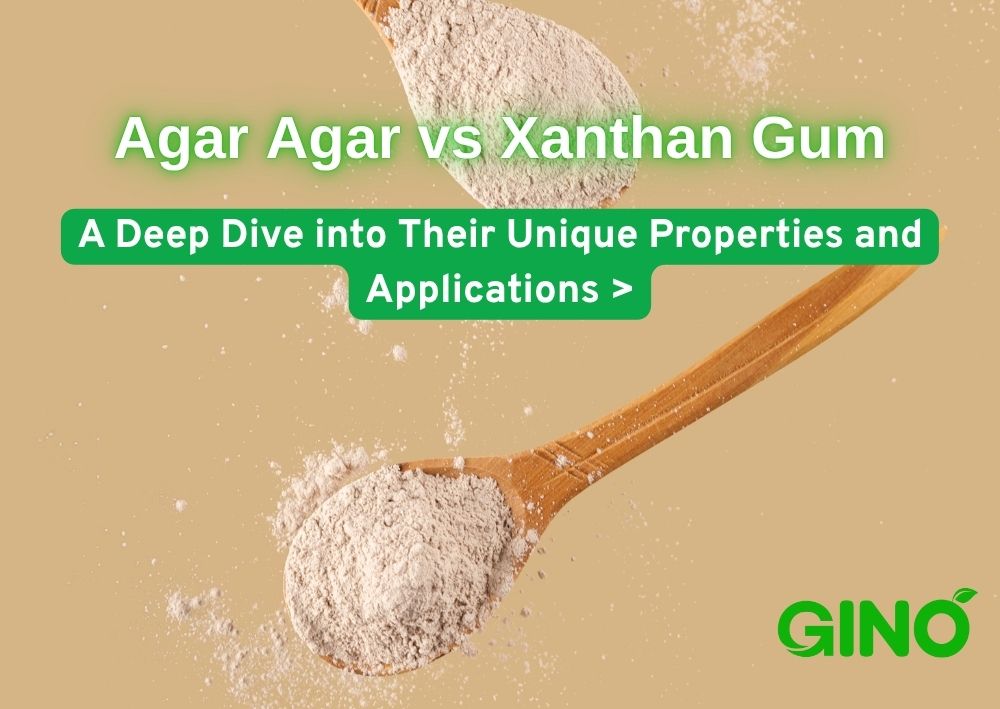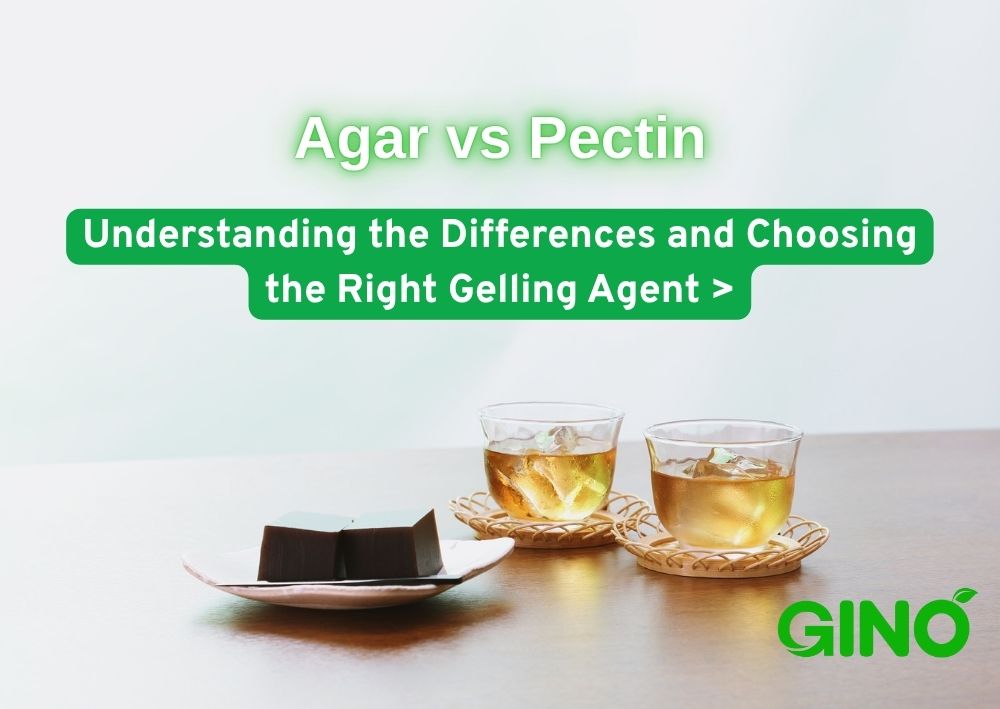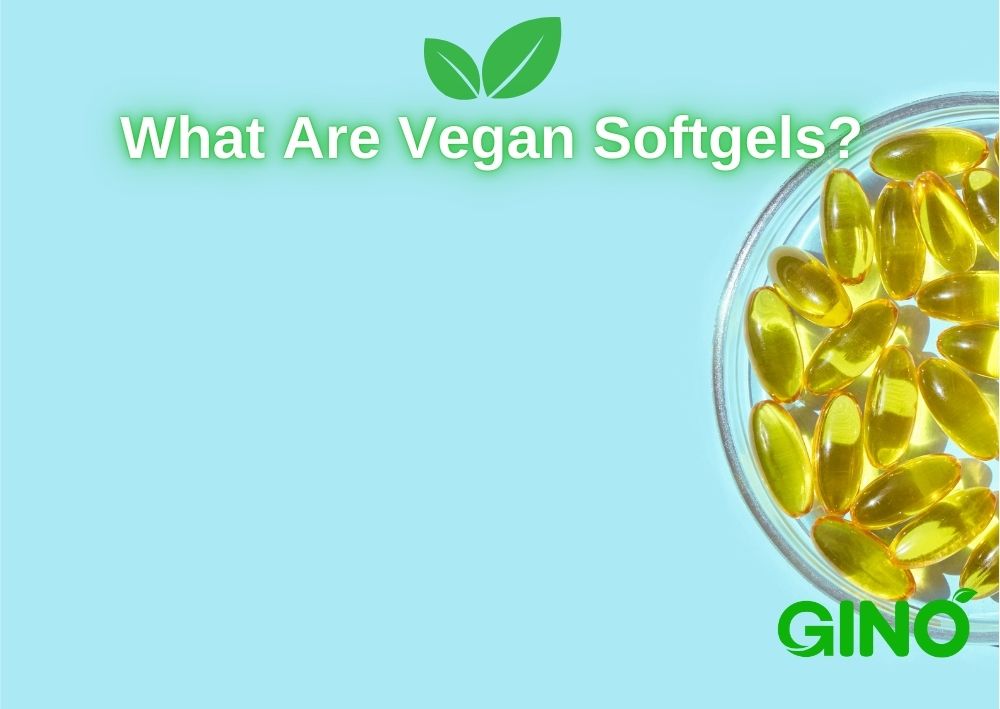For over 10 years, Gino Biotech has been a major supplier of food hydrocolloids. With our variety of plant-based gums & stabilizers, we can create tailor-made hydrocolloid solutions perfectly matched to the needs of our customers. READ MORE
Understanding the Difference Between Agar and Alginate
Difference Between Agar and Alginate
Facebook
Twitter
LinkedIn
If you’ve ever worked with natural gelling agents, chances are you've come across agar and alginate . Both are derived from seaweed, both can form gels, and both are widely used across industries-from food to medicine.
While these shared features make agar and alginate both useful and popular, it’s their differences that really matter when deciding which one to use. Knowing the difference between agar and alginate can help you pick the right one for your work - whether you're in a lab, a kitchen, or a factory.
Let’s dive into what makes these two substances similar, and more importantly, how they differ.

1. The Similarities: More Alike Than You Think
At first glance, agar and alginate may seem almost identical - and in many ways, they are.
Both are seaweed-derived hydrocolloids , meaning they come from marine plants and have the ability to dissolve or disperse in water to form viscous solutions or gels. They share a number of important characteristics:
✅ Plant-based origin : Both are derived from algae, making them suitable for vegetarian and vegan applications.
✅ Hydrocolloid nature : They are both water-soluble gums used to thicken, stabilize, or gel food and other products.
✅ White powder form : Typically supplied as odorless, white powders that are easy to handle and incorporate into formulations.
✅ Functionality : Act as gelling agents, thickeners, and stabilizers in a wide range of industries.
✅ Natural and sustainable : As marine-based polymers, they align with clean-label and eco-friendly trends.
Here's a clear comparison of their shared properties:
Feature | Agar | Alginate |
Source | Red algae | Brown algae |
Base Material | Hydrocolloid | Hydrocolloid |
Appearance (Form) | White powder | White powder |
Function | Gelling agent / Thickener / Stabilizer | Gelling agent / Thickener / Stabilizer |
Plant-Based | Yes | Yes |
Used in Food & Other Industries | Yes | Yes |
These similarities make agar and alginate versatile and widely used across food, pharmaceuticals, biotechnology, and more - but as we’ll see next, it’s their differences that determine which one is best suited for your specific application.
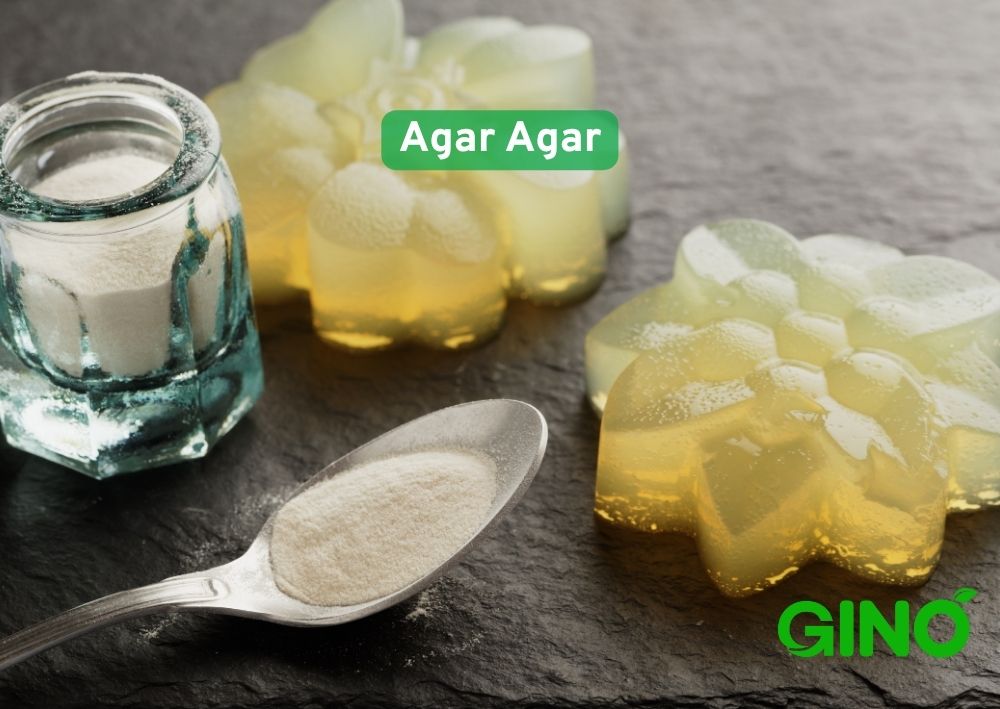
2. Key Differences: Where Agar and Alginate Part Ways
Now let’s take a closer look at the difference between agar and alginate by diving into their distinct characteristics.
2.1 Source and Structure
- Agar comes from red algae (Rhodophyta), primarily species like Gelidium and Gracilaria . It’s composed mainly of agarose and agaropectin.
- Alginate is extracted from brown algae (Phaeophyta), such as kelp (Macrocystis ) and Norwegian sea wrack (Ascophyllum nodosum ). Its main component is sodium alginate.
🧠 Think of it like this: if agar is the red team, alginate is definitely on the brown squad.
2.2 Gel Formation Mechanism
This is arguably the most important distinction when considering usage:
- Agar forms a gel through cooling after being heated above 85°C. This is called thermal gelation , and the process is reversible -heat it again, and it melts back into a liquid.
- Alginate requires calcium ions (or other divalent cations) to form a gel. This process is called ionic gelation , and once formed, the gel is generally irreversible.
💡 In short: agar needs cold to set; alginate needs calcium.
2.3 Texture and Physical Properties
For example, agar is ideal for creating clear, firm gels like those used in petri dishes, while alginate is perfect for soft, stretchy textures in molecular gastronomy.
Property | Agar | Alginate |
Texture | Firm and slightly brittle | Soft and elastic |
Transparency | High | Varies; often cloudy |
Thermal Reversibility | Yes | No |
Setting Time | Minutes (after cooling) | Seconds (with calcium) |
2.4 Common Applications
2.4.1 Agar Uses
- Microbiology : Used in solid culture media for growing bacteria and fungi.
- Food Industry : Found in jellies, puddings, and vegan desserts.
- Pharmaceuticals : Used in tablet coatings and controlled-release formulations.
🧪 Real-world example: Every time you see a bacterial colony growing on a petri dish, there's a good chance it's sitting on an agar base.
2.4.2 Alginate Uses
- Molecular Gastronomy : Famous for creating “caviar” or “spherification” effects in dishes.
- Medical Field : Used in wound dressings and dental impressions.
- Tissue Engineering : Serves as a scaffold material for cell growth due to its biocompatibility.
👩🍳 Fun fact: Ever seen those little edible spheres that burst in your mouth? That’s alginate magic!
2.5 Chemical Stability and Sensitivity
- Agar is stable under acidic conditions but may degrade over time if exposed to high heat repeatedly.
- Alginate is sensitive to pH extremes and can lose structure in very acidic environments.
📌 Tip: If your application involves varying pH levels, consider how each might react before choosing.
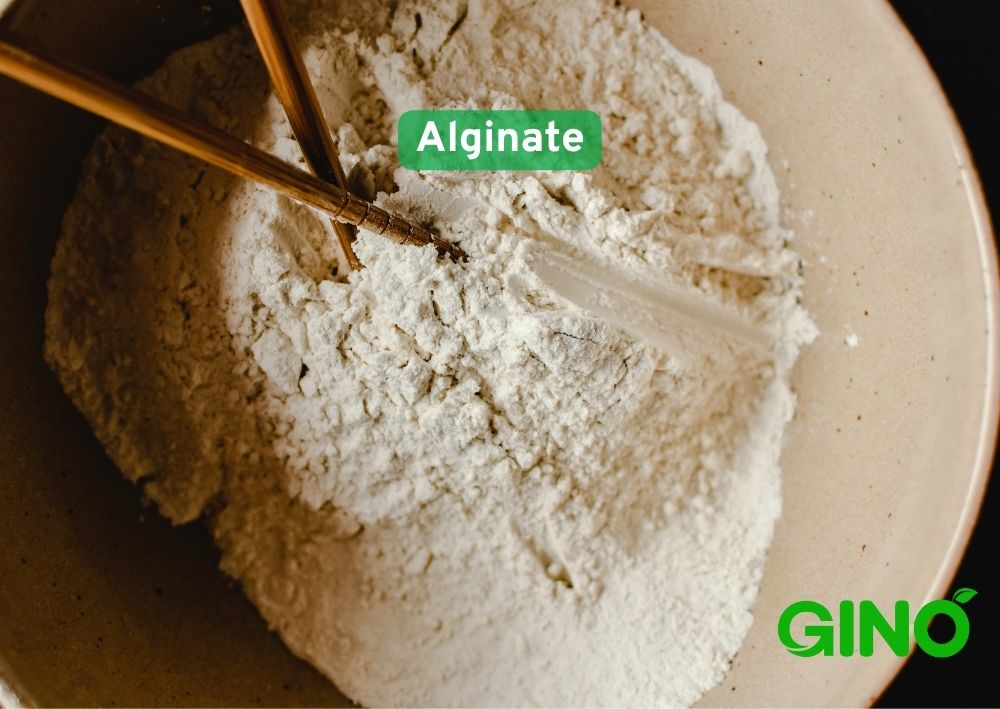
3. Choosing the Right One: Practical Considerations
Knowing the difference between agar and alginate is one thing - applying that knowledge to make the right choice is another.
Here are some practical questions you can ask yourself when deciding which gelling agent to use:
❓ Do I need a gel that melts when heated and sets when cooled?
→ ✅ Agar (heat-reversible gel)
❓ Is fast gel formation important for my application?
→ ✅ Alginate (forms gel within seconds when calcium is added)
❓ Will the gel come into contact with living cells or be used in biomedical applications?
→ ✅ Alginate (commonly used in tissue engineering and drug delivery due to its mild gelation process)
❓ Do I need a clear, firm gel for plating bacteria or making desserts?
→ ✅ Agar (offers high clarity and firm texture)
❓ Am I working with acidic ingredients or environments?
→ ⚠️ Agar is more stable in mild acidic conditions; alginate may degrade in strong acid
❓ Do I need a temperature-stable gel for baking or hot-filled products?
→ ✅ Agar (can withstand higher temperatures without melting)
❓ Am I creating soft, edible spheres or mimicking caviar in molecular gastronomy?
→ ✅ Alginate (ideal for spherification techniques)
❓ Is it important for the gel to form without heating?
→ ✅ Alginate (gels at room temperature with the help of calcium)
Conclusion: Know the Difference Between Agar and Alginate to Use Them Wisely
Understanding the difference between agar and alginate isn't just academic-it's practical and essential for success in many fields.
From the kitchen to the lab bench, knowing when to reach for agar versus alginate can mean the difference between a perfect result and a failed experiment.
Next time you're preparing a microbial culture, whipping up a dessert, or designing a drug delivery system, pause and ask: Am I using the right gelling agent?

Let Us Help You With Agar and Alginate
Now that you know the difference between agar and alginate , it’s time to find the right product for your needs.
We are a professional supplier of agar and alginate , offering both high-quality raw materials and technical support. Whether you're using them in food, labs, or other applications, we can help you choose the right one and get the best results.
📞 Contact us today to learn more about our products and how we can support your business.
Buy Agar & AlginateRecent Posts
About Gino Biotech

We are a biotech company specializing in the research, development, and commercialization of innovative and technological food additives hydrocolloids Agar Agar, Carrageenan, and Tailor-Made Stabilizer Solutions.
With the extended know-how and experience in the research, application, and use of Hydrocolloids, we could provide one-stop-shop customized solutions perfectly matched to the needs of our customers.
Our products cover the needs of the Meat, Dairy, Bakery, Confectionery, and other industrial sectors.


